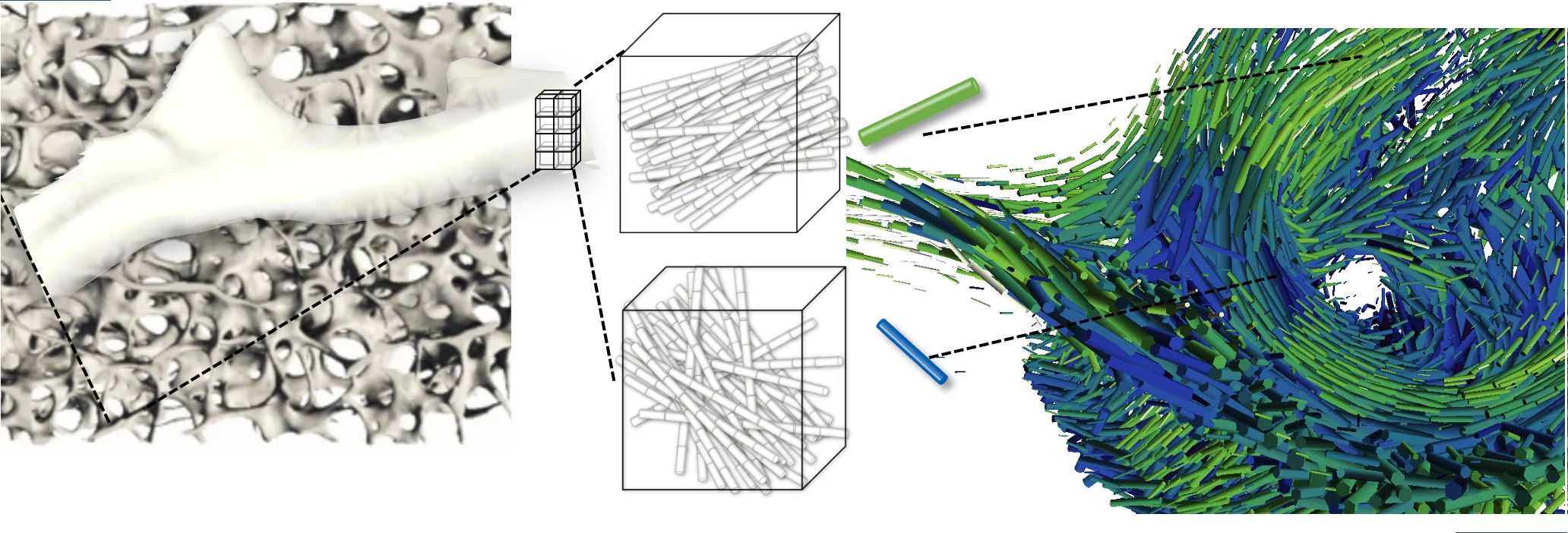
Hierarchical materials show ordering on many length scales for an optimized functionality as illustrated on the example of bone. With tensor tomography the orientation of nanostructure in each subvolume or voxel is mapped over an extended macroscopic sample in three dimensions. Compared to standard computed tomography, where each sub volume, called voxel, contains a grey scale value, tensor tomography aims to reconstruct a tensor in each voxel. For SAXS tensor tomography this tensor represents a model for the full 3D reciprocal space map which contains information on shape, size and arrangement of nanostructure.
ERC Starting Grant MUMOTT – Multi Modal Tensor Tomography
At the core of MUMOTT lays the development of the methodological framework implemented in an open-source software package allowing for the reconstruction of tensors in each sub-volume or voxel of the three-dimensional tomogram. Whereas in a first step a general approach a general approach will be worked, we will incorporate flexible modules to capture details of the different types of interaction. This approach includes method development pushing the boundaries of traditional synchrotron methods to make full use of the high brilliance and coherence of the new generation of synchrotrons coming online as well as the enabling of studies with lab-based equipment. The main modes in focus of MUMOTT are small-angle X-ray scattering (SAXS), wide-angle X-ray scattering (WAXS), and birefringence of visible light.
Apart from the methodology framework we will implement the different modes to prove their capability to solve critical problems in materials and bio-science; to investigate the structure of light-weight composites based on cellulose nanofibrils, reveal how the arrangement of nanoparticles in a plasmonic composite is connected to its sensing capabilities, as well as shed light on the disruptive collagen network in liver fibrosis.
Part of the work within MUMOTT is conducted in the research group located at Chalmers University of Technology, Gothenburg, Sweden.
As of June 2023, the first version of the all-Python package for the analysis of tensor tomography measurements, MUMOTT 1.0, has been released! For more information, go to mumott.org.

